Elementary School Websites (Ages 8-10)
1. Blockly
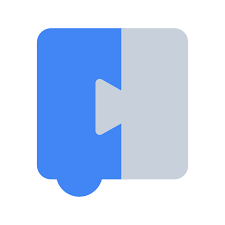
Ages: 8+
Cost: Free
Blockly teaches programming principles and introduces JavaScript using a block-based programming approach. It’s just like doing a puzzle, except you connect pieces of code and you don’t end up with any missing pieces under the couch.
Puzzle pieces will appear on the screen and the goal is to complete the “story” that makes up the software program by completing the puzzle. Each puzzle piece represents a block of code, which is similar to a paragraph in a story. Kids can drag-and-drop the puzzle pieces to create a sequence of code.
As long as your child can read, he or she can code with Blockly. However, some of the games include using the number of degrees to define the direction an object moves and others concepts that may be difficult for really little kids despite it using a gamification approach and simple graphics.
Overall, Blockly is a simple, free coding website for kids who don’t have any experience with coding. Its aim is to prepare kids for conventional text-based computer programming languages.
2. CodeCombat

Ages: 5-17
Cost: Free for core levels. Monthly subscription for additional levels.
CodeCombat is a coding game for kids that teaches Python and JavaScript coding using text-based programming. Kids get to play through different levels of an RPG (role-playing game) and, along the way, they will learn to code in Python and JavaScript. This coding website for kids and teens features fun graphics and the ability to connect with other players in the community making coding a team sport.
Players visit the Dungeons of Kithgard where they direct the hero, Anya, by writing code. After successfully completing a level, students move up to more complex tasks and coding. There are multiple worlds and levels to explore to encourage kids to keep coding and take on harder coding challenges.
If you are a teacher, CodeCombat developers even provide course guides and wikis for your classrooms. They also promise a Course-in-a-Box containing a semester’s worth of course content to add to your curriculum.
3. Stencyl
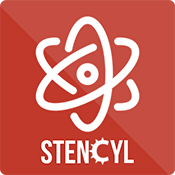
Ages: 6+
Cost: Free. Annual subscriptions.
Stencyl is game creation software that lets users publish iPhone, iPad, Android, Windows, Mac, Linux, HTML5 & Flash games without code. They use a graphical interface similar to Scratch, but with new functionality and even more ready-to-use blocks. Kids can build their own worlds and characters and edit them in detail to make them more complex.
The graphics are kid-friendly and, for advanced students, there is the option to see and edit the text-based code in their game. It requires a software download and setup, but offers extensive learning support in their forums and there is no cost for the starter version. Stencyl is great for the kid who appreciates game development and detail in design.
4. Code.org Studio

Ages: 4-14
Cost: Free
Code.org is a non-profit organization that organizes the annual Hour of Code. In addition to providing curriculum to schools, they also host a coding website for kids with a series of four courses that teach computer science fundamentals. At the end of each course, students are able to create interactive games or stories for sharing online. Your child will get to see and be a part of the over 74 million projects showcased.
Each course is made up of a series of puzzles, videos, and activities that teach the principles behind computer science. Course 1 is made for early readers (age 4-6) and can be skipped if your child is already reading proficiently.
Later courses use a block-based format for programming activities, but students can choose to see the text-based code that is generated. Taken together, this series of four courses make up a curriculum that has been organized for use in the classroom and is aligned with ISTE standards. Best of all, each of their courses is available at no cost.
5. Scratch
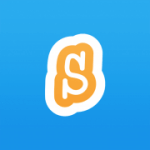
Ages: 8-16
Cost: Free
Scratch is the platform we use to teach coding for elementary school students, so we obviously love it. It’s a no cost block coding website for kids, developed by the MIT Media Lab. Scratch is its own programming language and consists of graphical blocks that snap together.
In addition, Scratch has a large online community where children can program and share interactive media such as stories, games, and animation with people from all over the world. The Scratch platform is designed especially for kids ages 8 to 16. Younger children can also try ScratchJr, a simplified version of Scratch designed for ages 5 to 7.
We use Scratch in our coding curriculum because it’s the perfect way for younger kids to develop their problem-solving, communication, and reasoning skills. It doesn’t teach any real coding language, but it’s a stepping stone to computer programming and coding languages.
Recommended: Python Coding Classes for Kids
Middle School Websites (Ages 11-13)
6. App Inventor

Ages: 13+
Cost: Free
App Inventor is a visual, block-based language for building Android Apps. This coding website for kids features video tutorials and courses in a box.
Originally created by Google, App Inventor makes it possible to program Android apps just by moving objects around the screen. This approach is similar to block-based programming. The course begins with setting up App Inventor and moves through building progressively more complex Android apps. Students learn how to build mobile apps and share them using App Inventor. It’s educational, easy, and fun.
MIT now hosts App Inventor online, so, lucky for us, it’s available for free. The tutorials have been refined for use by teachers and gathered into a Course-in-a-Box that includes video and text-based lessons. Instead of keeping your kids off the phone, App Inventor will help kids go inside the phone.
7. Code Monster

Ages: 13+
Cost: Free
Code Monster is an interactive game that gives kids and teens a place to practice writing JavaScript. From the moment you get to the site, you will be coding. Code Monster assumes that the student already knows some JavaScript and just needs a place to practice the syntax and concepts they are learning.
The format is simple. All you have to do is follow the monster’s instructions on this coding website for kids, but there is little help otherwise. There’s a How to Play page, About page, and a FAQ. That’s it. The FAQ encourages the student to search for JavaScript tutorials and textbooks elsewhere.
The purpose of Code Monster is to provide a fun, immersive platform to practice, not necessarily learn, syntax.
8. Kodu Game Labs
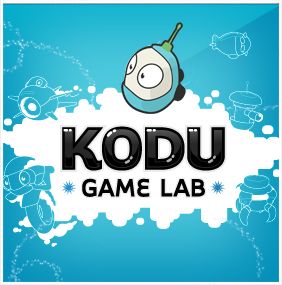
Ages: 10+
Cost: Free
Kodu Game Lab lets kids program 3D games while learning basic coding principles. The platform uses block based programming, simplifying written code into blocks and pictures. Kids can learn a wide range of coding skills including variables, branching, loops, number and string manipulation, subroutines, polymorphism, and more.
It’s available at no cost on Windows PCs and also Xbox, but currently not available for Mac and Android. Beginners and kids with no previous experience can get started easily. See the different worlds other students have developed plus the tips and tricks to code your first 3D game.
Recommended: Best Kids Coding Languages
High School Websites (Ages 14-18)
9. Glitch

Ages: 13+
Cost: Free
Glitch is a simple tool for creating web apps. They’re evolving and simplifying developer tools, making it ideal for older kids and teens who are learning to code. Coding on Glitch is like working together in Google Docs–multiple people can work on the same project at the same time. There’s no setup, and you can see changes live on the web as you type. Students can use simple, yet powerful tools for learning to build their website and remix projects from real-world languages and frameworks.
Kids can work collaboratively on projects or on a team. It’s easy and fun to express yourself in code on Glitch. Not only that, they have a community of developers at all levels to support them.
Students don’t have to worry about fussing with servers and setup. They can now create industry-standard code from start to finish.
10. Codecademy
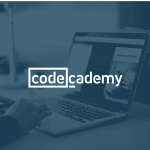
Ages: 13+
Cost: Free. A PRO track is available for a monthly subscription.
Codecademy offers a comprehensive set of text-based courses on web development and related programming languages. Students can pick which language they want to learn and advance through lessons with instant feedback on their code in the platform.
Aimed at those interested in becoming professional web developers, Codecademy classes cover how to build a website and a whole slew of related coding languages, including HTML & CSS, Ruby on Rails, Python, JavaScript, jQuery, SQL, PHP, and more.
General access to Codecademy courses is free. The paid PRO track adds a personalized learning plan, quizzes, projects, and access to live advisors. For kids and teens dreaming about a job in programming, the final project in the paid PRO track covers how to build a professional online portfolio.
11. Codewars
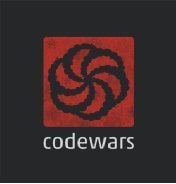
Ages: 14+
Cost: Free
Codewars is a coding website for kids and teens who like competition. At Codewars, you improve your skills by training with other coders. Coders pursue mastery by completing coding challenges in CoffeeScript, JavaScript, Python, Ruby, Java, Clojure, Haskell, or C# (Csharp).
In an approach based on the Japanese martial arts practice of kata, the first step in Codewars is to choose a language and prove your skills. The coder is ranked and given a challenge based on this initial challenge. The challenges get progressively more difficult. Coder gains Honor points for each challenge that he or she successfully completes.
Once a challenge is successfully completed, the coder has access to other coders’ solutions who’ve completed the same challenge. By learning other people’s approaches, the coder gets new insight into how the code works.
It’s a unique and fun approach to learning and practicing coding skills. It can especially help kids and teens who are trying to master a language or expanding their knowledge of newly learned languages.
12. Khan Academy

Ages: 13+
Cost: Free
Khan Academy offers expert-created content and resources for free online courses and practice. In computer programming, Khan Academy has classes for learning JavaScript, Processing JS, HTML & CSS, HTML & JavaScript and SQL.
Each of these lessons presents a comprehensive introduction aimed at building a base for professional level skills. There’s also a section called “Meet the Professional” which contains interviews with 11 computer programmers from around the world working in a variety of industries.
Normally Khan Academy presents their courses via video, but for its programming courses, they use “talk-throughs” which are more interactive than a normal video. With a talk-through the student can pause the video and “play” with the code listed on the screen. Talk-throughs are followed by step-by-step coding challenges and projects. Both are designed as coding practice. Finally, there’s a community programs area (i.e., online forum) where students can share projects, leave comments, and ask questions.
The computer programming courses are most appropriate for high school students and adults, but a tech savvy tween could probably work through them with some mentoring.
Recommended: JavaScript Classes for Kids & Teens
Paid Coding Websites for Kids
Elementary School Websites (Ages 8-10)
13. Code Monkey
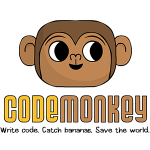
Ages: 9+
Cost: Annual Subscription Fee
Code Monkey is a coding website that teaches kids coding through playful online games. Children write code with the goal of helping a monkey gather bananas. The player works through a series of challenges and eventually develops the coding skills to be able to build his or her own game.
Eventually, kids get to write code with a text-based editor and learn CoffeeScript, a language that uses a syntax similar to English but compiles into JavaScript. Their stories cover all of the important coding concepts such as logic, loops, direction, sequencing, and algorithms
Code Monkey is made with 1st and 2nd graders in mind, but they also teach younger kids on their Code Monkey Jr. app. You do not need to download an application to play and no coding experience is required. If your child loves a good story, start with Code Monkey.
14. Kodable
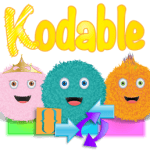
Ages: 4-11
Cost: Free for the basic curriculum. A parent plan, available for a flat fee, includes an advanced curriculum and access on any device.
Kodable teaches computer science fundamentals through kid-friendly, self-directed lessons. Students get to create and play alongside bright, cute characters.
Starting with coding games at the Kindergarten level, the student progresses to reading and writing JavaScript. Along the way, they get to build their own characters, create levels, and take on other coders.
Organized as a classroom curriculum, each unit includes a teacher’s script, an unplugged activity, an independent practice activity, and some kind of assessment or quiz. Kodable is a great way to take students from block programming and transition to real code.
15. Tynker
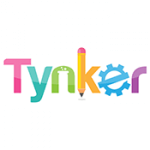
Ages: 4-14
Cost: A sample of coding lessons is available at Tynker for free. Access to the complete library and a private Minecraft server requires a monthly subscription.
Tynker is one of the best coding websites for self-paced online programming kids. It’s created for them to build their own games and apps as well as learn how to program Minecraft mods. Tynker teaches in both block programming and text-based classes.
The programming courses are game-based and space-themed with space aliens and rocket ships. Kids progress through three levels of games/classes for the track that matches their age.
A collection of courses related to the popular Minecraft game teaches kids about mods and skins, how to create mods, and how to build multi-player Minecraft games. With a paid subscription, kids have access to their own private Minecraft server, providing a safe environment for them to build mods and then play online with their invited friends.
There is no structured curriculum in Tynker, so kids progress at their own pace. It’s great for kids at any stage, whether they are beginners or advanced.
For more free coding resources, read Coding For Kids: 35+ Free Classes, Websites, and Apps.
Middle School Websites (Ages 11-13)
16. Code Avengers
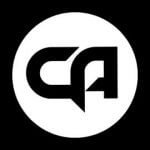
Ages: 12+
Cost: A limited-time free trial or a monthly subscription is available.
Code Avengers is a coding website for kids and teens that uses self-paced, mostly text-based courses. The classes include introduction to coding, introduction to web development, and coding in Python, HTML & CSS, or JavaScript.
Kids work through the lessons, debugging code, and completing challenges on this platform. Code Avengers will automatically track your child’s achievements as they work through lessons and activities. They give you a Parent Dashboard, where you can view your children’s progress through the courses, the projects they’ve created, and the concepts they’ve learned.
When they hit a snag, kids have access to online support and technical support. This live help can be lacking in many other self-paced programs.
17. Codemoji
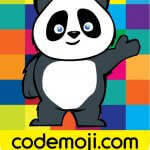
Ages: 5-13
Cost: Free trial. Tiered annual subscriptions.
Codemoji is a coding website for kids that uses images to teach coding and they’ve developed their platform with a deep belief that typing proficiency is not required to code. Students formulate solutions and learn to problem solve using images, so kids as young as 5 can build basic coding skills with Codemoji.
18. Lightbot
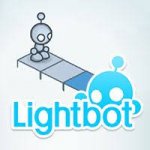
Ages: All ages
Cost: Free trial. Monthly and annual subscriptions.
LightBot lets kids solve puzzles using programming. It’s a puzzle game, based on coding, that secretly teaches you programming logic as you play.
Kids will learn sequencing, overloading, procedures, recursive loops, and conditionals without feeling like they’re studying. The games revolve around a robot and blocks, similar to the popular game Minecraft. LightBot was designed with first-time coders in mind, so it’s simple for beginners.
High School Websites (Ages 14-18)
19. Code HS
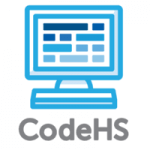
Ages: 13+
Cost: Limited free trial. Three paid levels.
LightBot lets kids solve puzzles using programming. It’s a puzzle game, based on coding, that secretly teaches you programming logic as you play.
Kids will learn sequencing, overloading, procedures, recursive loops, and conditionals without feeling like they’re studying. The games revolve around a robot and blocks, similar to the popular game Minecraft. LightBot was designed with first-time coders in mind, so it’s simple for beginners.
20. Pluralsight

Ages: 14+
Cost: Monthly subscription
Pluralsight offers one of the largest selections of coding courses online for new and aspiring developers.
Over 50 separate expert-led classes are organized into seven paths. Each path covers the fundamentals of a single coding language or topic such as Ruby, JavaScript, HTML & CSS, iOS, and databases. If your child is interested, they can also learn about IT, Data, and Cybersecurity.
Each course is built around a storyline that gamifies the material taught. Instruction is delivered via video and reinforced through coding challenges. Courses come with skills and assessment tests to make sure the concepts are solidified and an online community forum to answer students’ questions.
21. Vidcode
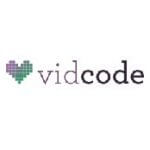
Ages: 11+
Cost: Limited free access. Tiered annual subscriptions.
Vidcode is a coding website for kids that offers research-backed computer science courses focused on open-ended projects. Their courses teach computer science, object oriented programming, web programming, design, & JavaScript.
Users can upload photos, illustrations, videos and audio to their platform and manipulate them with code right away, allowing tweens and teens to connect computer programming to the media they interact with every day.
Using JavaScript, students learn coding as they produce videos and motion graphics. As they work, students see a thumbnail of the video and code behind it side-by-side. As they make changes to the code they can see the effect in the thumbnail. Share video projects in the Vidcode online community or via social media once completed.
Free access to Vidcode gives access to the software, some beginner tutorials, and an online community. This is a great platform for the kids interested in social media and creating videos for the web.
Best Coding Website for All Ages
22. CodeWizardsHQ
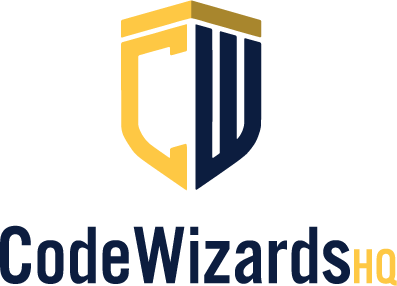
Ages: 8-18
Cost: Monthly Fee
CodeWizardsHQ is the leading coding school for kids and teens ages 8-18 and, of course, it’s our personal favorite. We’ve adopted a blended method to teach kids coding principles and practices using a combination of our pro-level platform, small teacher-led classes, build-as-you-learn projects.
By completing our structured curriculum, students are introduced to Scratch, HTML & CSS, JavaScript, WordPress, Responsive Design, App Development, Python, MySQL, and Git.
Coding classes are available for kids in elementary, middle, or high school. We also offer afterschool coding classes and a summer coding camp for kids.
Kids can start in elementary school with block-based programming and advance to front and back end coding languages in high school. Every student has direct access to a teacher who is an experienced coder. The instruction and projects are all web-based, so students can attend CodeWizardsHQ from any place where there is a reliable internet connection.



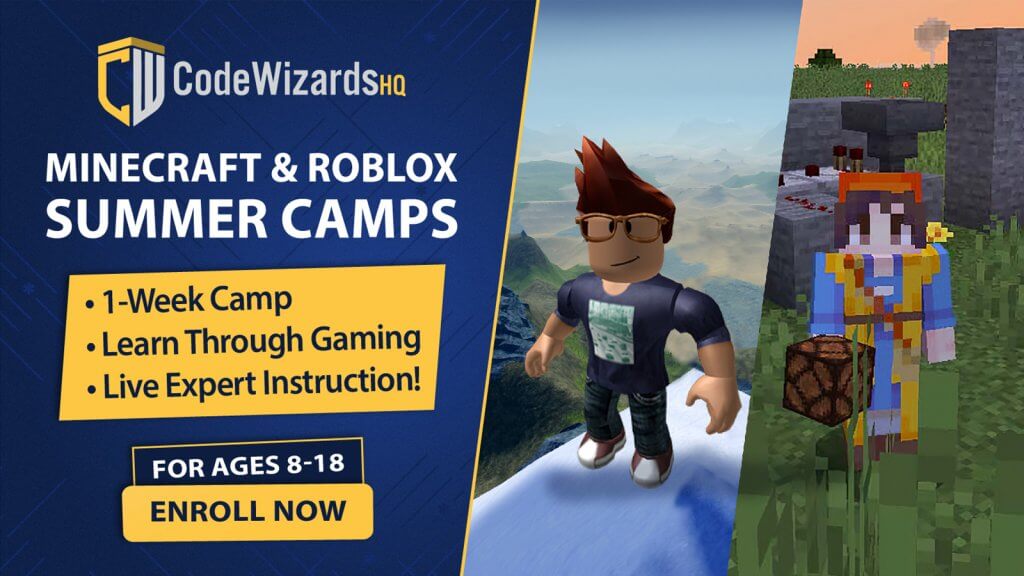


Thank you